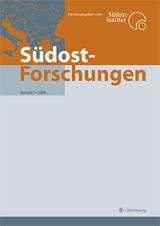

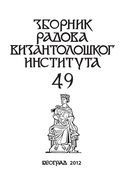
Keywords: the theme of Serbia; Dioclea; Tribalia; Stephen Vojislav; Constantine Diogenes; Theophilus Eroticus; John Scylitzes.
Recalling the fact that John Scylitzes in his Short History strictly distinguishes Serbia from Tribalia, the conclusion is made that Serbia and Tribaliain the work of John Scylitzes represent two clearly defined separate terms, withTribalia meaning Dioclea and Serbia meaning Serbia (so-called Rascia and Bosnia). From that conclusion another one is derived - that Stephen Vojislav led his uprising against imperial authority in 1034-1036 and 1039-1040 not in Dioclea but in Serbia. That conclusion is followed by the assumption of existence of a direct imperial rule in Serbia in the years following 1018, which would be an argument in proving the thesis that the theme of Serbia was located exactly in the area of Serbia.
More...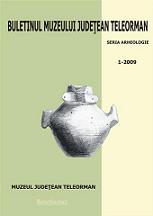
Keywords: Durostorum; castra; vicus; municipium; canabae; Legionis XI Claudiae; necropolises
The study of the Roman Durostorum began at the end of the XIX century and continues till now. Thanks to chance discoveries of small finds and worn Bulgarians and Romanians scientists it was possible to define the place of the castra Legionis XI Claudiae, it’s canabae and part of the necropolises on the territory of the present day town of Silistra while the vicus, municipium Durostorum and some workshops were to the east of the state border, in Romanian. Moreover the excavations have showed in the east south part of the town that the legion fortress covered an area of 22 ha. Although the buildings of the disposed around the castra canabae I have excavated are over approx 30 ha the traces of buildings in the vicinity of the Danubian fort and the central part of the town indicate that this settlement spread over approx 60 ha.
More...Keywords: Papacy; Cenad; beneficial policy; cathedral chapter; papal taxation;
The main purpose of this study is to present and investigate the involvement of the popes of Avignon in the diocese of Cenad. In the case of the bishopric of Cenad, the interference of the French popes in the fourteenth century did not register significant proportions, as it happened in the bishopric of Transylvania or that of Oradea. Nevertheless, the popes’ interference existed, influencing the activity of the diocese, which was integrated in the vast general governing mechanism of the Catholic Church, issued and developed by the popes of Avignon. The first canon appointed by a pope, registered in documents, was Nicholas. He was appointed on February 25 1333 by Pope John XXII. Although the preserved documents do not allow for a detailed analysis of this papal interference mechanism, the ones that were preserved indicate the involvement of the French popes in the life of the diocese of Cenad, especially visible in the appointment of ecclesiastic positions, as well as in the taxation system. Documents attest that the pontiffs had fifteen interventions in the diocese during the times of the Avignon papacy, appointing or confirming ecclesiastic benefits. They appointed six clergymen as canons, while another six received archdeaconship positions or dignities in the cathedral chapter, which subsequently involved owning a canonship. The French popes also granted at Cenad two unmentioned positions in the cathedral chapter, as well as an unspecified ecclesiastical benefice.
More...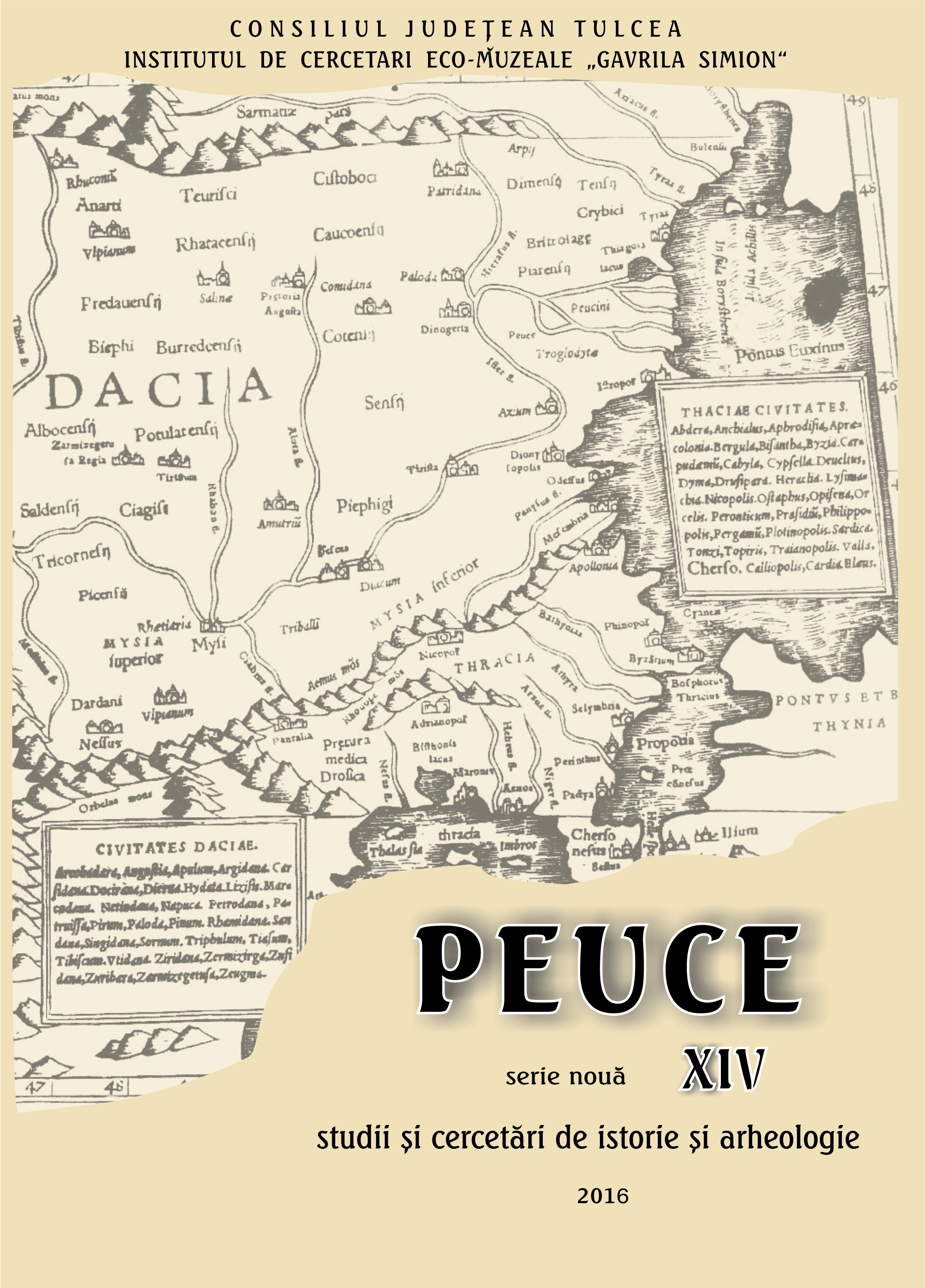
Keywords: vicus;Tomis;Monetary finds;Roman Empire;numismatics;Constanța;Romania;Dobrogea;
On the occasion of the archeological research conducted on the new beltway of Constanţa a large rural settlement of vicus type was discovered. Its overall stratigraphy contains two cores and two phases of habitation: a first level of habitation represented by pits, semi-interred structures and ditches (belonging to the end of 2nd century-first half of 3rd century A.D.), overlapped by a second one consisting of a surface habitation corresponding to the end of 3rd and 4th century A.D. The observations made over the recovered coins suggest a similar dating of the settlement, being determined, from a statistic point of view, peaks of monetary circulation and some possible periods of local prosperity in the last quarter of 2nd century A.D. and the first four decades of 3rd century A.D., respectively the period delimitated by the years 330-336 and 354-358 A.D. (with some later attempts of recovery between 364-378 A.D.).
More...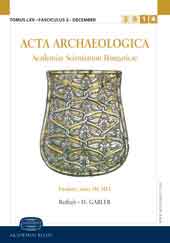
Keywords: lupa Romana; Roman iconography; Roman provincial archaeology; Roman provincial art; romanitas, Romanisation;
The she-wolf with the twins, Romulus and Remus, was identified as a symbol of Rome by both the Romans themselves and nations under the Roman rule. In this essay I will discuss the Lupa Romana in Roman provincial art. I will present various visual representations of the she-wolf both in the public use and in objects related to private life, and analyze the she-wolf’s symbolic meaning.The Lupa Romana was an iconic scene that was not used randomly in provincial art. It represented in the first place the idea of romanitas, being Roman. In some cases the use of the symbol could have been in consequence of instructions from Rome itself or from provincial authorities that depended on Rome, but in most cases the motif was used by the inhabitants of the provinces themselves. It can be seen as an expression of loyalty to Rome and the emperor, but at the same time the message could have been directed to other members of the community, too. As romanitas was associated with higher social status, the she-wolf motif in the decoration of one’s house or gravestone could be seen as self-aggrandizement.
More...Keywords: History; Roman Empire; Plinius; Pliny; data; oppidum Scarbantia Iulia;
In this paper the author examined Plinius’ data concerning the oppidum Scarbantia Iulia. In the 1st part the several meanings of the word oppidum were studied on the basis of Serv. auct. Aen. 9, 605, esp. in the work of Pliny, the Elder. It was pointed out that the oppidum was not an independent settlement form but it could substitute all kinds of provileged settlements (colonia, municipium, civitas, polis). The oppida civium Romanorum by Pliny were surely municipia. In the following the settlements with imperial cognomina were examined on the basis of the work of B. Galsterer—Kröll. It was showed that in the work of Pliny Scarbantia would be the only non-privileged settlement with the cognomen Iulia, therefore it can be supposed that Scarbantia was not a Tiberian conventus but a municipium which was reestablished in the Flavian period. The Norico-Pannonian chapters of the NatHist III, 146—148 were also examined with their sources. The most important observation was that the deserta Boiorum and the lacus Pelso never belonged to Noricum as it was supposed earlier. The verb iungitur-iunguntur means in the works of Pliny the vicinity of an area to the other. The deserta did not belong to Pannonia either because of the adverb inde of the III, 147. In the Augustan period the Boii and the other Transdanubian tribes had most probably only some kind of foedus. In the 2nd part of the paper the author studied the problem of the foundation of the province Pannonia on the basis of this new possibility. Our archaeological and epigraphic data confirm the early foundation of Scarbantia. This fact shows that the adjective Iulia was not Pliny’s false data. On the basis of this adjective the foundation of the civilian province was executed in the late Tiberian period. In the Addendum the question of the reestablished towns (coloniae and municipia) was studied. There are several data which show that Scarbantia could not be the only renamed settlement of the Roman world, therefore this possibility cannot be ruled out.
More...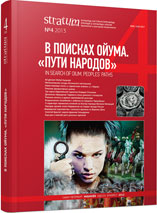
Keywords: Late Roman Empire; Chersonesos; Sarmatians; Constantine the Great; Licinius; Zosimus
The paper suggests new interpretation of Zosimus’s account about military struggle conducted by Emperor Constantine the Great against Ravsimodos, the King of the Meotian Sarmatians. Absence of precise localization and dating of these events leaves room for different interpretations. The author summarizes the whole corpus of written information, numismatic and archaeological sources, and advances his own version of the chronology of Constantine’s collisions with various barbarians before and during the second civil war with Licinius in 322—324 AD. According to this version, King Ravsimodos is identical to Radаmsados, King of Bosporus, his men were the barbarians of Сentral and South-Western Crimea, and their attack in 324 was aimed against province Scythia in Thracia.
More...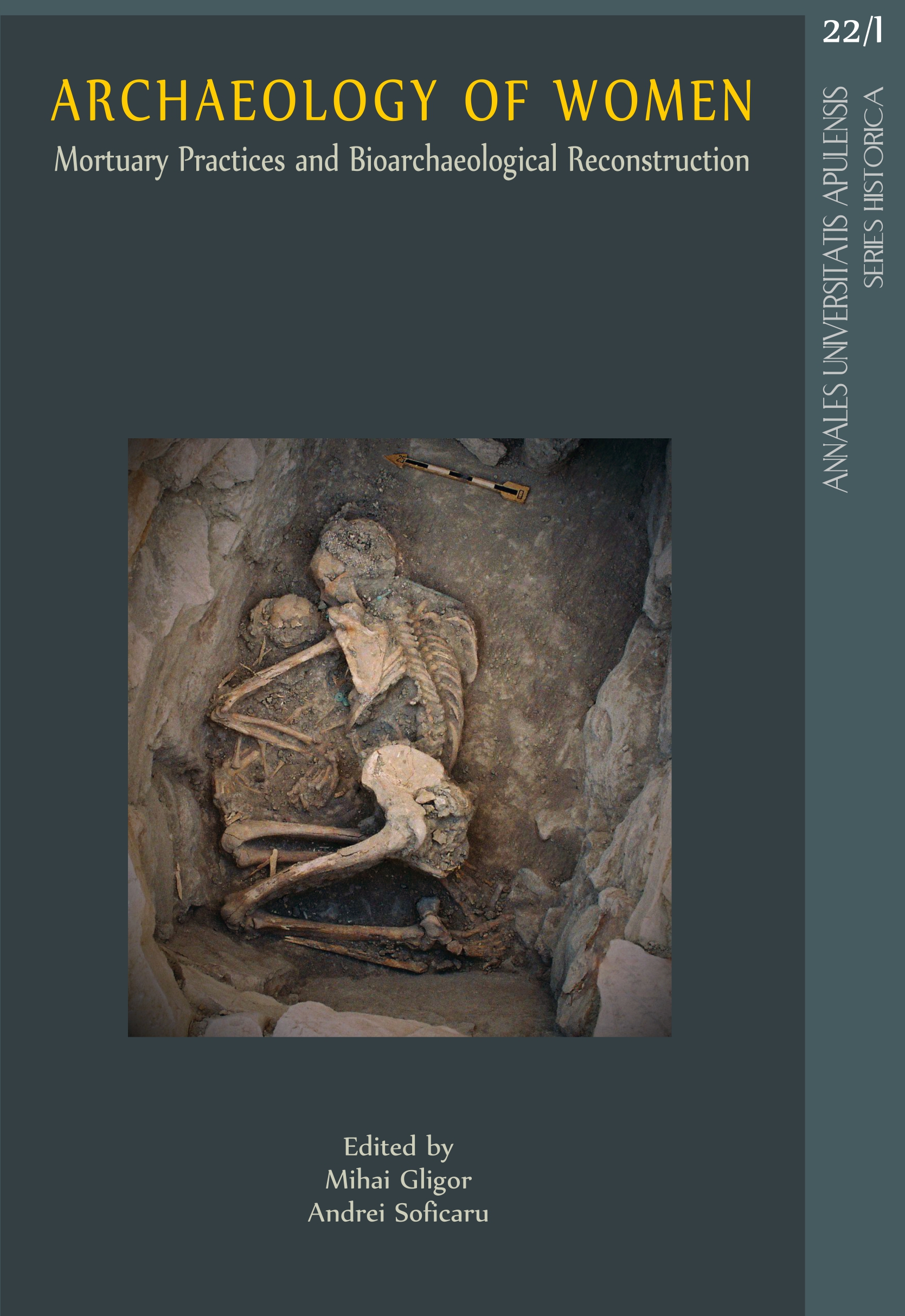
Keywords: mortuary archaeology; Ottoman Balkans; congenital anomalies; paleopathology; pelvic region; so-called birth scars; bridal attire; female/gender studies;
This paper studies the social aspects of burial practices at the beginning of the Modern Age, as evidenced in the case of a necropolis in the village of Bubanj near Niš (Serbia). The devastation of the necropolis, which took place over the past decades, and an insufficient number of unearthed skeletons have largely limited anthropological reconstruction and interpretation and precluded the study of internal population dynamics of this group. However, apart from the diseases usual in archaeological populations, a striking presence of congenital spinal and sacral anomalies in women was noticed. So many anomalies are rarely found at a single site; even before the exact etiology of many of them is determined, we can assume that this was a hermetic population or that the anomalies were hereditary. A series of paleopathological changes noted in womenʼs pelvises are likewise uncommon in archaeological populations. Most of them could have occurred as a consequence of pregnancy and childbirth. Dental analyses have revealed a poor oral hygiene and indicated a monotonous diet typical for agricultural societies. Judging by very prominent muscular and ligamentous entheses, squatting facets and Schmorlʼs nodes, it can be concluded that the members of this population were engaged in hard physical labor, most likely agriculture and everyday household duties. Burial rites practiced at Bubanj reveal the economic and social status of the community. Simple graves covered with planks and modest repertoire of grave goods were common in Christian communities in the Balkans at the beginning of the Modern Age. As such, they should not be taken at face value as illustrative of a poor economic status; persons with higher income who lived in a peaceful environment could be buried in the same manner as well. In such a setting, the grouped burials of women, including a young woman in full wedding attire, with a rich scarf and amulets, reflect not only the complexity of mortuary practices and cultural identity of Christian Serbs under Ottoman rule in the sixteenth and seventeenth centuries, but also the status of women within the community.
More...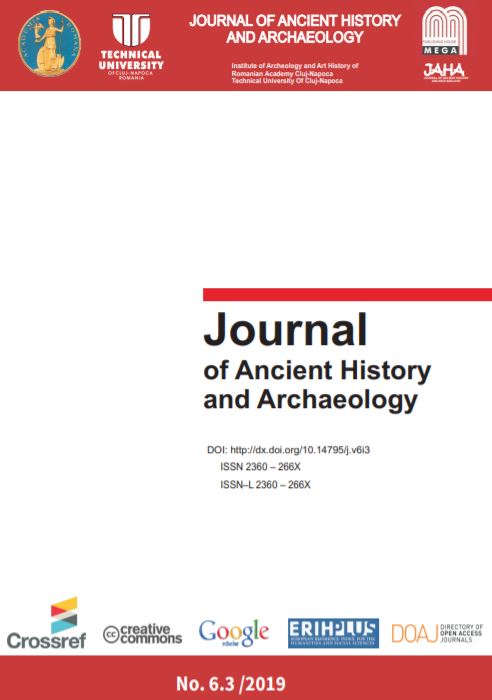
Keywords: war, inscriptions; Roman Empire; conflicts; commemoration;
The present research, though a stand-alone from many points of view, is the second part of our enterprise dealing with the reflection of individual and collective tragedy in Roman epigraphy. While the first part took into consideration individual tragedies, with death occurred by the hand of latrones, bandits or pirates, the current investigation is focused on what we have defined as traces of collective tragedies. By collective tragedies we understand those events which touched a larger sector of the population, resulted especially following attacks of enemies, or wars. Responsible for these acts of violence is especially the ‘other’, which falls into the category of ‘barbarian’, or enemy. The Dacian wars, the Marcommanic wars, the Parthian expeditions, were some of the military events which lead to large scale acts of violence, and which left epigraphic traces of collective tragedies.
More...
Keywords: Viminacium; thermae; coins;
In the course of revisory archaeological investigations of the Viminacium thermae from 2003 to 2007, 160 monetary finds were discovered, ranging from the Roman Republic (138 BC) to Theodosius II (408–450 AD). With the exception of one specimen that belongs to Roman Republican coinage, imperial issues are the most prevalent (149), while provincial coinage comprises a smaller portion of the finds (11).
More...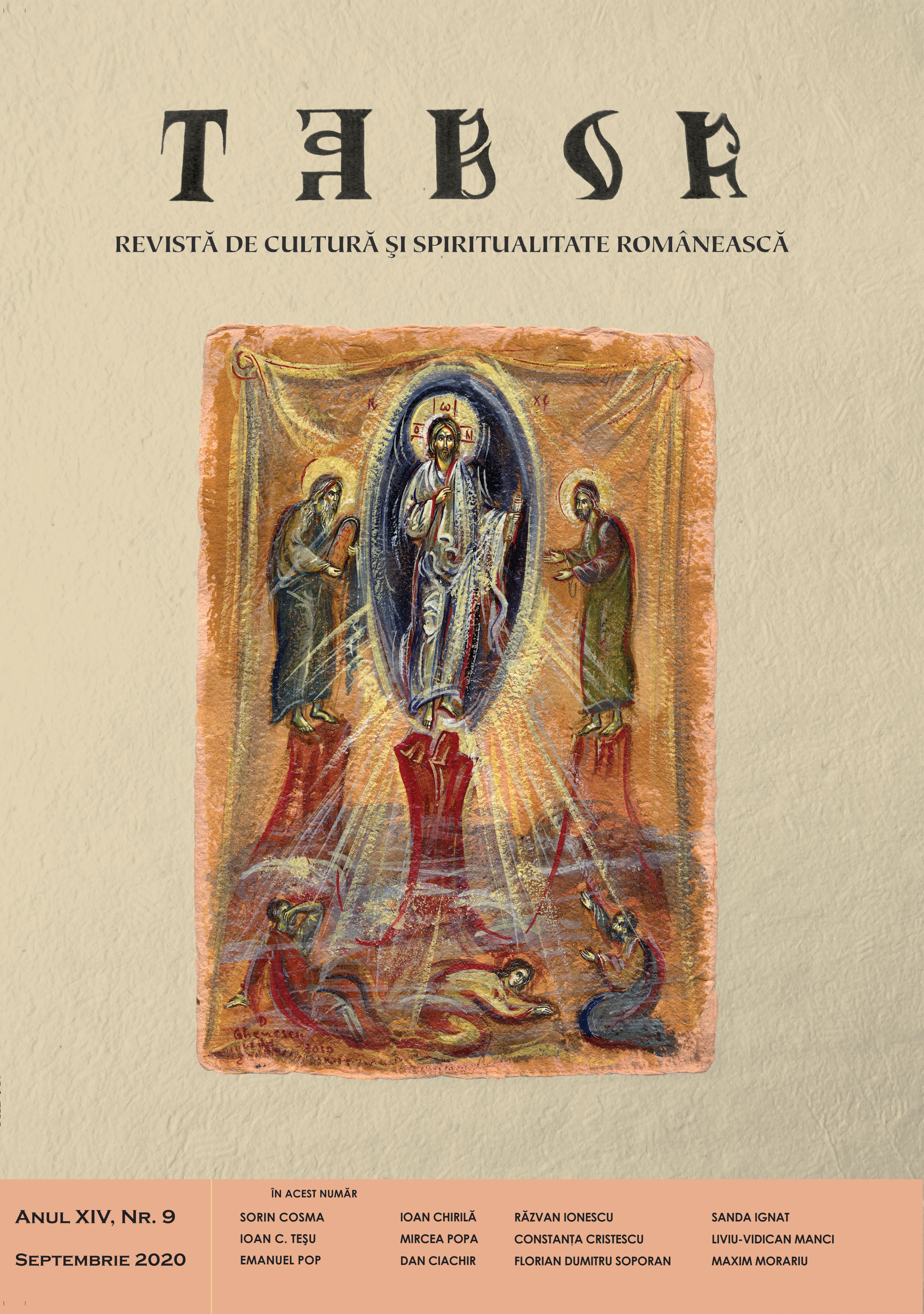
Keywords: Mihail Diaconescu; religious culture; Church; Romanian monasteries; contemporary history;
The son of a priest from the village of Priboieni-Argeș, Mihail Diaconescu was one of the writers with a great love for the church and very close to our old religious culture. His work, like his life, contains numerous confirmations of this, being preoccupied with carrying on the traditional culture of our people, which he particularly appreciated. He left us unexpectedly, passing away on March 25 a.c., being buried in the land of his parents in Argeș, in those sub-Carpathian lands that he was so fond of. He was one of the writers who saw in the Church and in Orthodoxy the way to fulfillment and salvation, preaching the values of our past and present Church, giving lectures and speeches on our churches and monasteries, which he considered living places of intense spiritual life, forms of a millennial civilization. Some of his books of documentary investigations testify to this existence in faith, as proved by the titles Orthodox Churches and Monasteries (1988), History and Values (1994), Lectures on the Aesthetics of Orthodoxy, I-II (1996), Lainici Monastery, History of Daco-Roman literature.
More...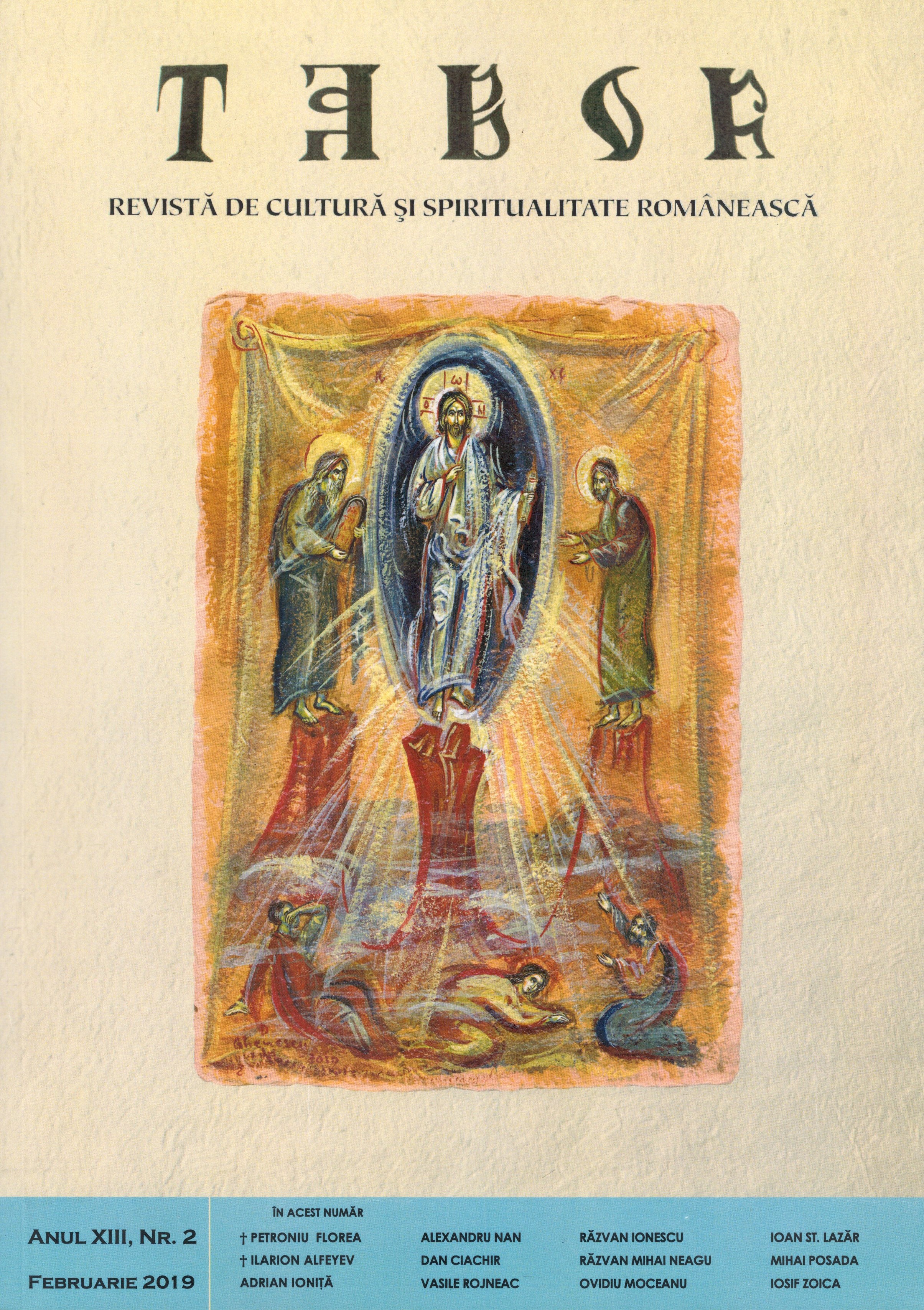
Keywords: Saint Ambrose of Mediolanum; Father Professor Ştefan Zară; Praxis Publishing House of the Archbishopric of Râmnic; Patristics;
The article presents the volume Saint Ambrose of Mediolanum, Patristic Monograph, published by the Praxis Publishing House of the Archdiocese of Râmnic and signed by Rev. Dr. Ştefan Zară. His text emphasizes that the author knows well St. Ambrose life and work, as well as the entire Patristic period of the Church, insisting on the fact that St. Ambrose is the true heir of the old Fathers, and which, in turn, trained disciples who carried on this legacy.
More...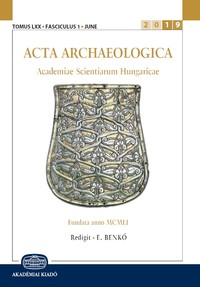
Keywords: the history of Pannonia in 5th century; Roman Pannonia; Emperor Avitus; Sidonius Apollinaris
In his paper the author examines the sources of the supposed Western Roman military expedition of Emperor Avitus in Pannonia in 455 that was thought to be the last Roman military action in the territory of the former Roman province. Analizing the sources, he comes to the conclusion that during his short reign, Avitus had no time to visit the province and his route (iter) mentioned by Sidonius Apollinaris must be identified with his journey from Arelate to Rome. The Roman military action in Pannonia can probably be identified with a short demonstrative campaign in the SW region of the dioecesis (i.e. Savia) or with a legation of the Pannonian Barbarians to the emperor in Northern Italy.
More...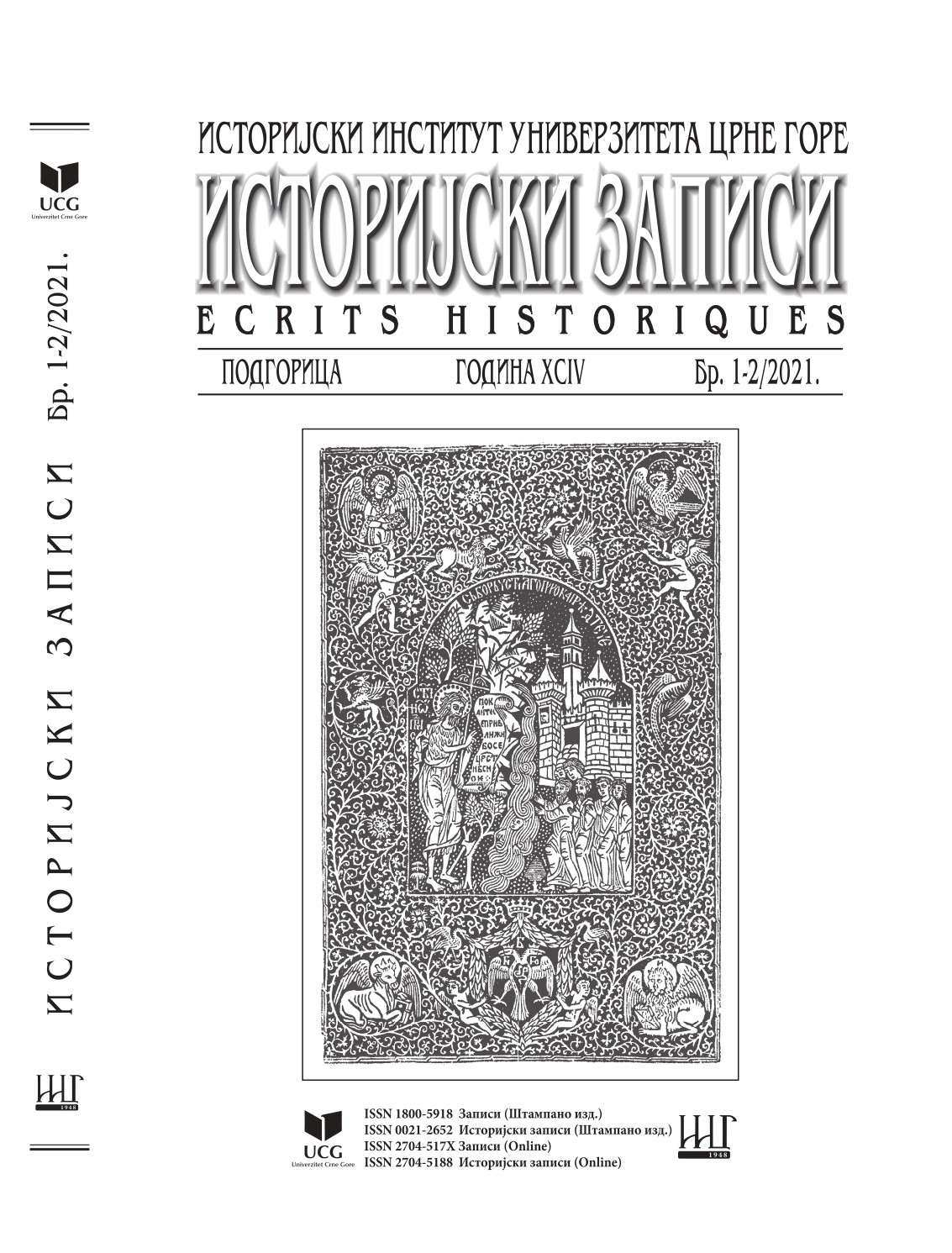
Keywords: Montenegro; epigraphic monuments; Roman army; Doclea; Municipium Splonistarum; Risinium; Kosijerevo
Epigraphic evidence from the territory of Montenegro pertaining to the Roman army testifies to the history of the province of Dalmatia and its garrison. Inscriptions imply the existence of stations of beneficiarii consularis in Doclea and Municipium Splonistarum respectively. From the reign of Marcus Aurelius onwards, the latter town might have been garrisoned by a detachment of the cohort II milliaria Delmatarum, which was stationed on the border between Dalmatia and Moesia Superior. Epigraphic evidence from Risinium and Municipium Splonistarum shows that the units of the Roman army were replenished with recruits from these towns and their territories. Onomastic evidence implies that some of the conscripts belonged to the indigenous population of Dalmatia.
More...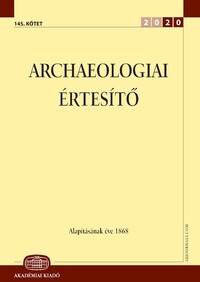
Keywords: sunken-featured buildings; LT D period; vicus; continuity
Through the sunken-featured buildings documented often in the Late Iron Age and Early Roman villages the paper examines the possible survival of this feature and the settlements. The transformation of the La Tène D-villages to Roman Vici was multifactor, which offers examples of investigating the Romanisation process.
More...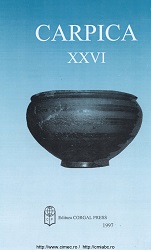
Keywords: Herules; Thule-Athens-Rome-Constantinople; "Fatherland";
L'auteur propose un premier essai de monographie sur les Herules de l'Europe continentale entre les lll-e - Vil-e s. A D. et sur la localisation de leurs "Territoires Paternels" dans la zone piemontane (terrain de chasse et de larges incursions militaires) Nord-Ouest cis-carpatique (la Slovaquie collinaire, l'Ukraine cis-carpatique, le Nord-Est de l'Hongrie la Nord-Ouest de la Roumanie).
More...
Keywords: Saints; Methodius and Cyril; Slavic Christianity;
It is the merit of the two Saints, Methodius and Cyril, to have introduced Slavonic peoples into the European cultural space, nourished throughout the centuries by the Greek-Roman thinking and then by the Gospel of Christ. Given the European scope of their mission, Pope John Paul II rightly termed them ,,totius Europae apud Deum caelestes compatronos”. The two brothers created an alphabet and a literary language through which they promptly integrated Slavonic language into the Byzantine culture, via the sacred terminology. The 9th and the 10th century witnessed the Christianization of the greatest migratory people, the Slavs who at the time amounted to one third of the total population of Europe. While Saints Methodius and Cyril were not the first ,,Apostles” to all the Slavs, they were certainly true ,,Apostles” to a part of them. However they were the ones who paved the way for the integration of all Slavs into the great European culture, which Christianity stood for. By receiving the mission of the two saints, the Slavs received not only a religion (which in itself is a major achievement), but they also opted for the Christian culture expressed through the spoken and written word, in their own language.
More...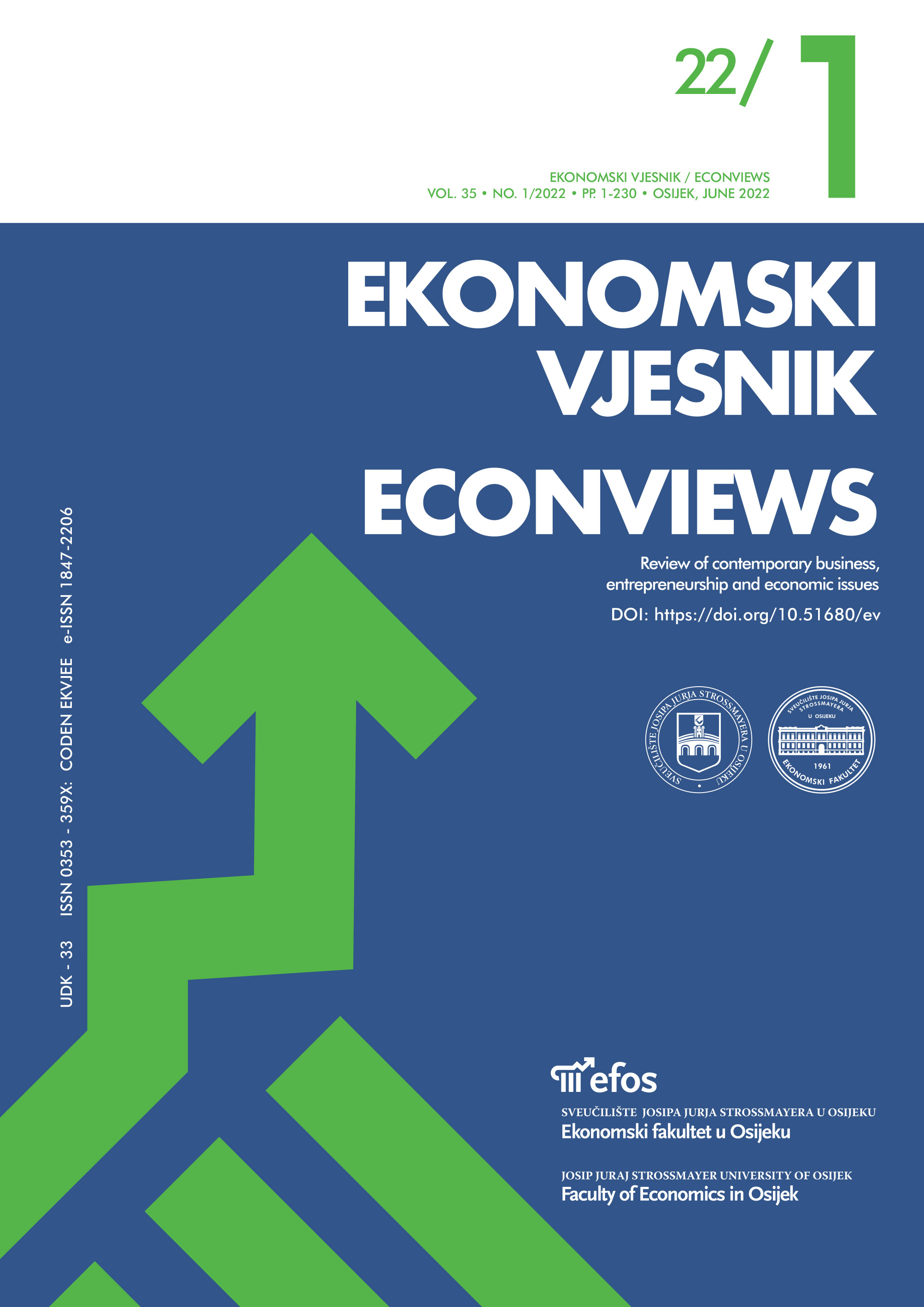
Keywords: migration; population aging; labor market; Republic of Croatia;
Purpose: Migrations are a complex economic variable that is highly influenced by conditions such as social, societal, economic, political, environmental, and the like. The preferences of the population vary and in accordance with their own needs, the population decides to migrate. Many economies of the world are facing the problem of out-migration of the young population. Moreover, the elderly population is increasing as a percentage of the total population. The aim of this research is to show the gender and age structure of the population, the state of migration and the impact on the economic growth in the Republic of Croatia.Methodology: Data on the population structure and migration in the Republic of Croatia are analyzed for the period 2004-2019.Results: The research conducted suggests that the population of the Republic of Croatia is facing a large outflow of young people and a decline in the birth rate.Conclusion: In the Republic of Croatia, the age structure of the population follows global trends, which means that there is a larger proportion of the elderly population. Such changes have serious consequences for sustainable economic growth for any country, including the Republic of Croatia.
More...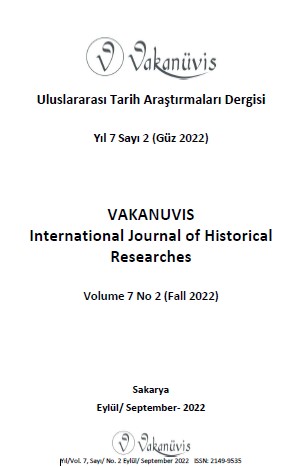
Keywords: European Huns; Roman Empire; Gallic Expedition; Attila; Aetius;
When the European Huns came to Eastern Europe as a result of the Migration of Tribes, that they initiated, they acted in an organized manner with the communities in Eurasia and posed a great threat as soon as they arrived in the region. The European Huns, who were constantly trying to obtain booty and land with raids in the east and west, made agreements with the Eastern and Western Roman Empires with a diplomatic move during the Uldız period and expanded their lands from the Danube to Hungary. This move of Uldız also determined the foreign policy of the European Huns in the following years. The Gallic Expedition, which coincided with the last periods of Attila's successful reign, bears traces of the Turkish military tradition in terms of its planning, realization and results. Although the result of the campaign is shown as a great defeat for the Huns in the sources, the situation changes when examined in detail. In our study, we aim to give detailed information about the reasons that prepared the Gallic Expedition, the course and results of the expedition.
More...